MegaGen North America Scientific Meeting
September 30
-October 01
Scottsdale AZ 85258
United States
2022 MegaGen America
North America Scientific Meeting
Overcoming clinical obstacles for predictable patient outcomes
Join us for our very first MegaGen North America Scientific Meeting!
Take your practice to the next step by learning the latest trends
from renowned speakers from across the globe!
Check below for the schedule:
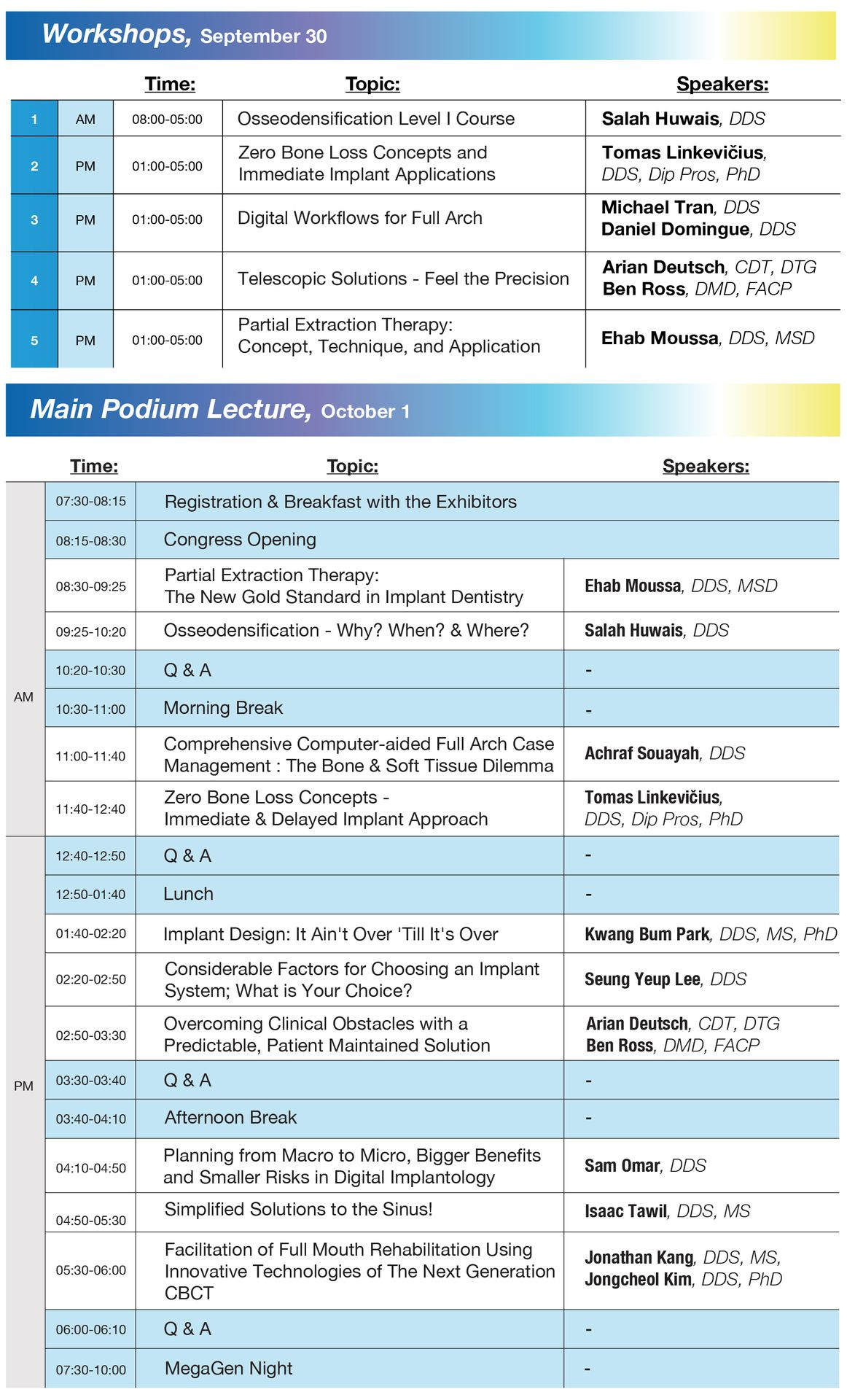
MAIN LINE UP
Dr. Ehab Moussa (Half Day)
Partial Extraction therapy: Concept, Technique, and Application
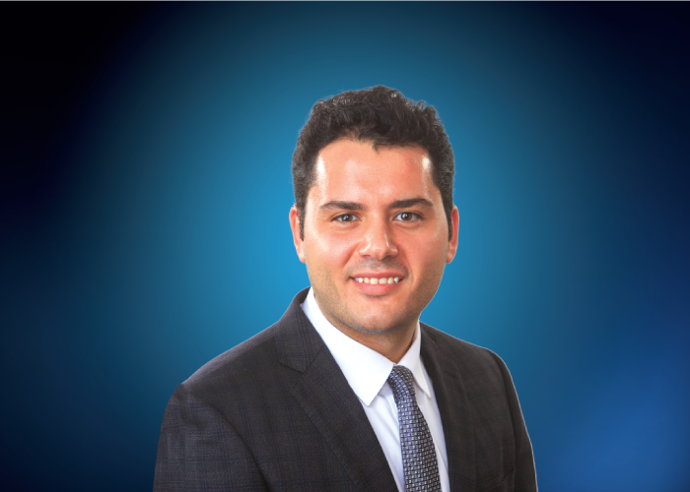
Partial extraction therapy (PET) is a concept that encompasses a few techniques aiming at hard and soft tissue
preservation in conjunction with implant placement. This workshop is meant as a starting point for clinicians who wish to incorporate PET in to their clinical practice. Presentation will first demonstrate clearly the concept of PET and the advantages these techniques bring. PET techniques will then be presented and explained in a step-by-step fashion, along with their indications and contraindications. Case examples will then be used to demonstrate how to incorporate PET techniques in different case types, ranging from single unit to full arch implant rehabilitations. In the hands-on session, participants will be able to practice partial extraction therapy techniques on a hands-on model. This will be done in a step-by-step approach explaining each step and the rationale for it. The hands-on session will further solidify the didactic knowledge gained and prepare participants to apply these techniques in practice.
Learning points:
Develop an understanding of partial extraction therapy and its advantagesUnderstand how to perform partial extraction therapy techniques in a step-by-step approachUnderstand the indications and contraindications for PETComprehend the different ways PET can be applied to clinical practicePractice PET techniques on a hands-on model
Dr. Tomas Linkivičius (Half Day)
Immediate Implants
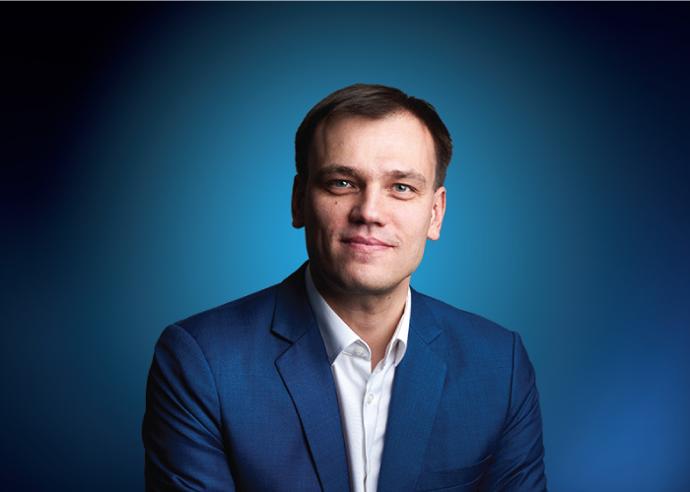
Arian Deutsch, CDT & Dr, Ben Ross (Half Day)
Hands On Precision Beyond Automation
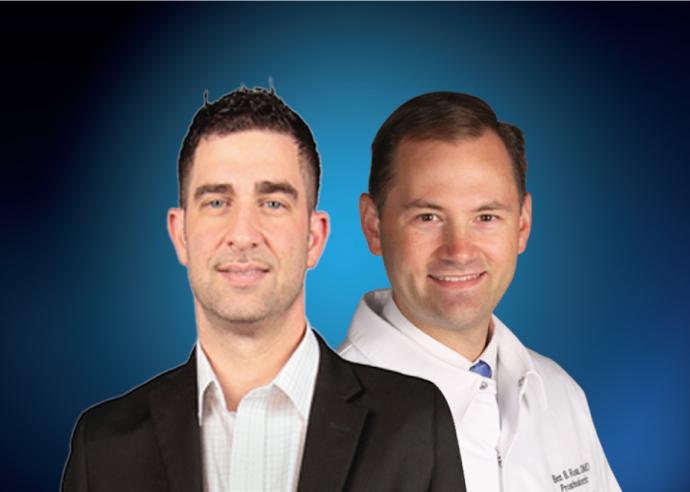
Dr. Michael Tran & Dr. Daniel Domigue (Half Day)
Digital with Photogrammetry
Digital Workflows for full arch
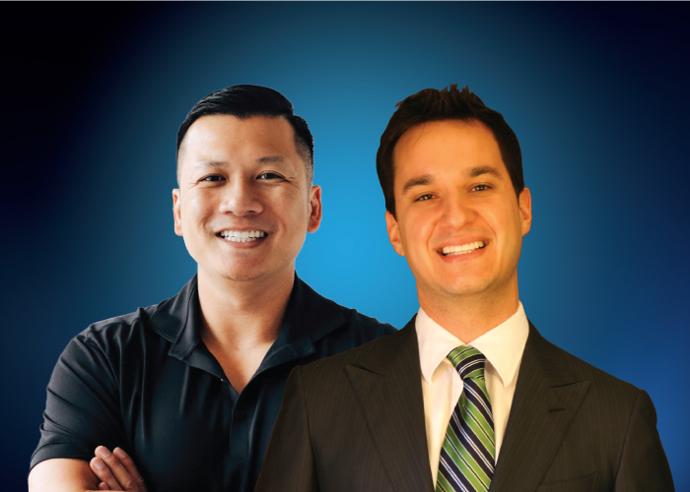
-Softwares needed to transfer data to labs
-Printing with SprintRay OnX for patient delivery along with post cure
-ProcessesSimplified approach with best/fastest results for direct to MUA (ti baseless)
-Dealing with complications.
.
Ehab Moussa, DDS, MSD
Partial Extraction Therapy - The New Gold Standard in Implant Dentistry

Learning objectives:
- Comprehend the advantages of tissue preservation techniques
- Develop an understanding of partial extraction therapy and its advantages
- Understand the basics of partial extraction therapy techniques
- Comprehend the different ways PET can be applied to clinical practice
Salah Huwais, DDS
Osseodensification - Why? When? & Where?
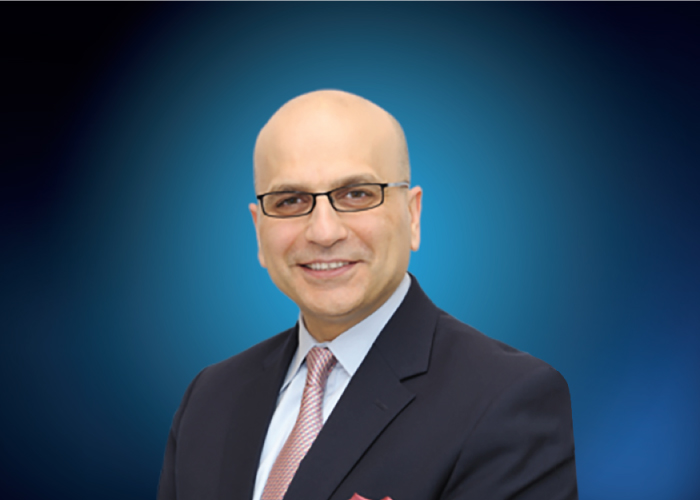
Osseodensification, an evidence-based approach to osteotomy preparation that enhances implant stability and bone density without compromising healing. This lecture will present the biomechanical, histological healing timeline, and clinical data of Osseodensification. It will discuss bone plasticity and its clinical effect and will also cover the clinical versatility of this novel technique including Sub-Crestal Sinus Auto Grafting, Ridge Expansion, Immediate Implant Placement with Osseodensification, and Guided Expansion Graft. Several clinical protocols will be outlined.
Learning Objectives
- Understand The scientific principal of Osseodensification.
- Understand bone plasticity biomechanics and its clinical advantages.
- Discuss Osseodensification effect on total implant stability, healing, and what it means biomechanically and histologically (BIC, Bone volume)
- Learn how bone can be enhanced with adequate instrumentation.
- Learn sub-crestal sinus lift protocols.
- Learn how Osseodensification can change the minimum amount of bone needed to predictably place an implant utilizing the Plus1 protocol.
- Learn how to optimize their implant practice and create more with less.
Achraf Souayah, DDS
Comprehensive Computer-aided Full Arch Case Management:
The Bone & Soft Tissue Dilemma
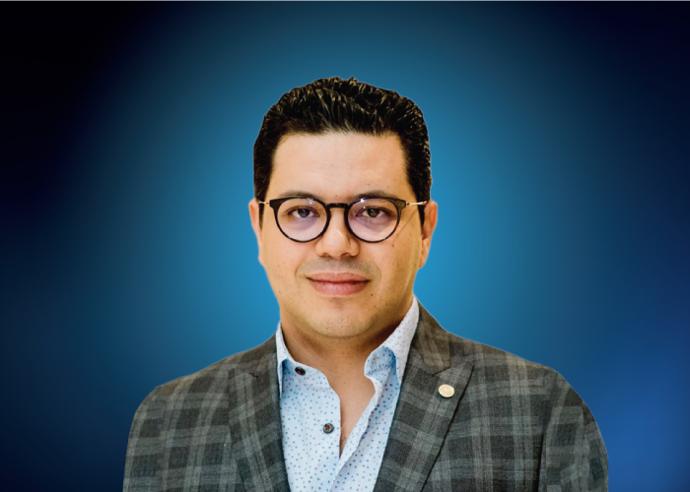
Bio-esthetic integration and succesful predictable final outcome of implant-supported restorations can often be difficult to attain, and implant failures can be related to misunderstood surgical and prosthetic protocols.
During this presentation, surgical considerations are provided based on biologic principles that ultimately enhances succeful outcomes in modern day implantology. Restorative considerations are also discussed to optimize crestal bone preservation.
The immediate temporisation of all-on-x full arch cases is becoming more popular, aiming for an optimal patient experience that necessitates a thorough protocol for the entire team. A Fully Guided Surgery & Prosthetic seating of the case often on the same day can be a real challenge when it comes to optimise hard and soft tissue management of ridge deficiencies . The amount of bone reduction should be conducted as minimum as possible when the vertical height of the alveolar bone can be preserved.
A case of full maxillary arch management will be shown, to highlight the importance of bone and soft manipulations for an optimum outcome of FP1 cases and to understand that all the classic concepts of osseointegration are not erased by guided surgery, especially bone physiology.
Learning Objectives
- Understanding Crestal bone stability in implant therapy
- Understanding the main factors influencing the bio-esthetic integration of implant restorations
- To define the role of hard and soft tissue surgical management necessities during guided surgery
Tomas Linkevičius, DDS, Dip Pros, PhD
Zero Bone Loss Concepts
Immediate & Delayed Implant Approach

Mucosal tissue thickness was shown to be the factor having impact on crestal bone stability. Even platform switching of the implant-abutment connection does not reduce crestal bone loss, if soft tissues at the implant placement are thin.
It is suggested that thin tissues might be thickened during implant placement, thus reducing bone resorption. If bone height is not sufficient, vertical augmentation of the soft tissue is recommended with different materials - autograft, a xenograft or a dermis-derived allograft.
We will discuss: Why we should do immediate? Why immediate is still considered risky? What is prosthetically-guided immediates? Why immediates are successful? Type A, B, C immediates and others.
Learning Objective:
- Learn how to develop and maintain crestal bone stability around delayed and immediate implants
Kwang Bum Park, DDS, MS, PhD
Implant Design: It Ain't Over 'Till It's Over
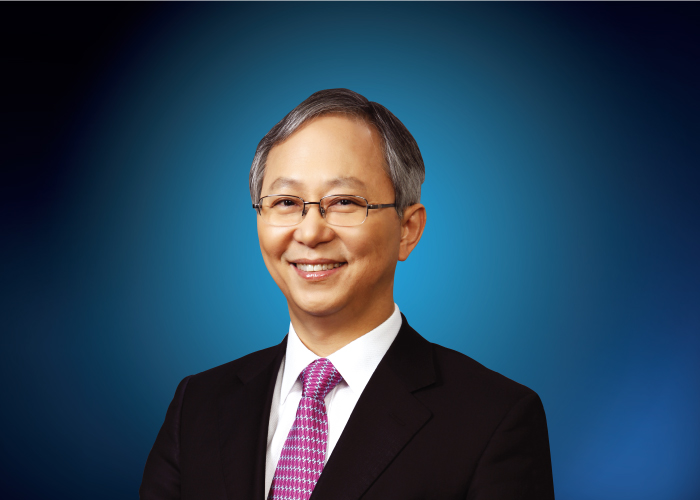
The original Branemark implant system was introduced over 50 years ago. Meantime, the dental implant industry has made great technological advances, providing solutions for almost every case and allowing many patients to enjoy the benefits of implants. The performance of the implant itself has also been greatly improved to expedite osseointegration in most cases and even allow same-day prosthetics.
Notwithstanding, current implant technology can still encounter mechanical and biological complications. In this context, with over 10 years of proven clinical results, we present a new innovative implant system that provides a long-term solution based on a new loading protocol. Combined with defined key advantages from long-term clinical results, we can achieve even faster and more stable osseointegration with plasma surface treatment technology. Understanding and controlling periodontal tissue and periodontal bone regeneration as biological concepts are essential when combining an implant system with digital technology, from treatment and diagnostic planning thru to CAD/CAM for the final prosthesis.
Therefore, in this lecture, I would like to share the importance of implant design based on my 40 years of experience as an implant clinician, and present an easy and effective solution to avoid difficult and complicated surgical methods.
Learning Objectives
- Understand the biologic concepts for hard and soft tissue regeneration and maintenance
- Understand common short and long-term complications in implant treatment
- Understand the key design features that are important in implant design
Seung Yeup Lee, DDS
Considerable Factors for Choosing an Implant System;
What is Your Choice?
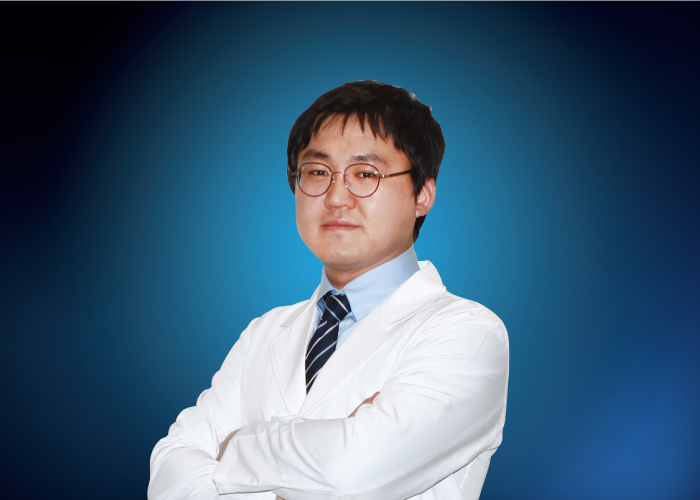 Currently, there are numerous implant systems in the global dental market. Among them, it is important to select a system that can be used in various clinical situations and guarantees excellent long-term results. Although it would be ideal to be able to use only one in all cases, you will always experience difficult cases that will require otherwise. There are various excellent implant systems to meet the needs of dentists.
Currently, there are numerous implant systems in the global dental market. Among them, it is important to select a system that can be used in various clinical situations and guarantees excellent long-term results. Although it would be ideal to be able to use only one in all cases, you will always experience difficult cases that will require otherwise. There are various excellent implant systems to meet the needs of dentists.You will learn how to make better selections through the clinical benefits of each implant system.
Learning Objective:
-
Learn how to select the best implants in various situations to optimize clinical results
Arian Deutsch, CDT, DTG
& Ben B. Ross DMD, FACP
Overcoming Clinical Obstacles with a Predictable,
Patient Maintained Solution

Sam Omar, DDS
Planning From Macro to Micro, Bigger Benefits
and Smaller Risks in Digital Implantology
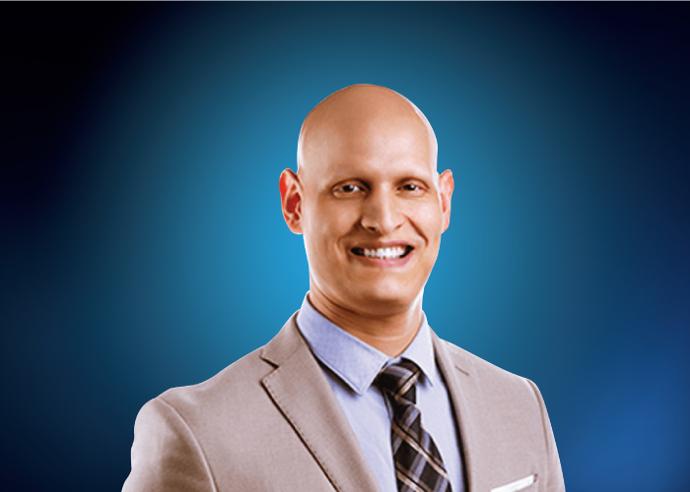
Learning Objectives:
- Creating Virtual Patients for planning digital full mouth rehabilitations.
- Using Large FOV CBCT scans for planning and CBCT Reorientation concept.
- Digital Oral design and ceph analysis in full mouth rehabilitations
- Improving bone level around dental implants
- Guided partial extraction therapy and Guided Osseodensification.
Isaac Tawil, DDS, MS
Simplified Solutions to the Sinus!
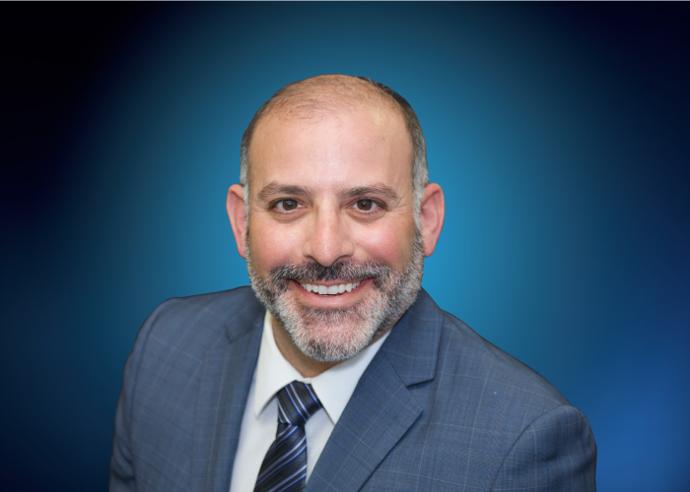
New technology is constantly emerging while adaptation and application may be difficult . This presentation will discuss many of the advancements and touch on new techniques to help provide insights into your journey through digital sinus solutions. Utilizing the ossedensification burs has simplified sinus elevation. This presentation will focus on freehanded vs guided sinus elevation utilizing the Versah surgical C-guide, as well as dynamic navigation. Dr Tawil will discuss going digital utilizing CBCT combined with digital or standard impressions to result in restoratively driven guided surgery with application of the R2 gate software for surgical site preservation and bone optimization. Our goal is to appreciate and comprehend the latest technologies that yield the ultimate restorative-driven implant therapy.
Leaning objectives:
- Undestanding osseodensification techniques for sinus applications
- Appreciate freehanded vs guided methods
- Comprehend the software and components and of three dimensional guidance for implant placement
- Employing proper tools for guided surgery
- Utilization of Static and dynamic Guided Ossedensification sinus solutions
Jongcheol Kim, DDS, PhD
& Jonathan Kang, DDS, MS
Facilitation of Full Mouth Rehabilitation Using
Innovative Technologies of The Next Generation CBCT
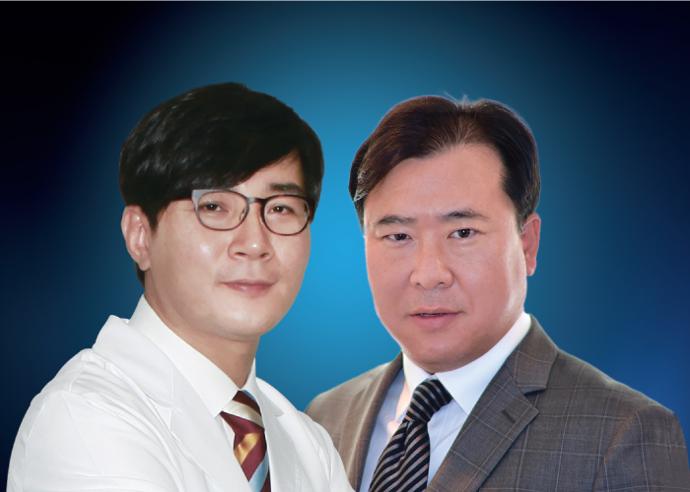
The concept of digital dentistry developed by MegaGen over the past 10 years has been to create a fully digitalized virtual patient for use in both diagnosis and treatment. Therefore, this presentation introduces the clinical application of a dental avatar, a fully digitalized virtual patient. Based on over 10 years of experience, the primary data for a digital patient is collected using R2 studio Q, a new standard of medical equipment offered by MegaGen. The collected data is then avatarized through R2GATE for diagnosis and developing a treatment plan. Thereafter, a fully digital workflow, from diagnosis thru to the final prosthesis, is available via various clinical solutions provided by the R2 service team, allowing the clinician to apply the simulation procedure to the real world. If you are already a MegaGen user, now it’s time to enjoy MegaGen’s digital world. Eureka!!
This presentation will discuss recent technological advancement in R2 Studio and R2 Studio Q, that are now available and how these can help augment a thriving implant practice. During this lecture, we will discuss new innovations in next generation CBCT, 3D facial scanner, digital oral design software and impression CT scan. We will review how these state of the art technologies can be used to optimize outcomes in extensive or full mouth reconstruction cases.
Learning objectives:
- Clinical implications of high resolution large FOV CBCT in both diagnosis and restoration
- Clinical implications of 3D face scan
- To use CBCT as a powerful restorative device in extensive reconstruction cases
Salah Huwais, DDS
Osseodensification Level 1 - Optimize the Site, Optimize the Outcome

Click to Register
Course Description:
This course teaches the clinical Versatility of Osseodensification utilizing the Densah® Bur Technology. Attending this training will minimize the learning curve and help understand the science behind Osseodensification.
- Compaction Autografting technique.
- Review Densification Guide for any implant system.
- Site optimization utilizing the Densah® Bur to increase Implant Stability.
- Sub-Crestal Sinus Autografting, Lateral Ridge Expansion, Immediate Implant Placement, Guided Expansion Graft Procedures.
- Densify After Cut (DAC) Protocol.
- Universal Guided Surgery Protocol.
Learning Objectives:
- Review biomechanical, histological, and long-term clinical evidence of Osseodensification
- Learn and practice the Clinical Versatility of Osseodensification:
- Sub-Crestal Sinus Lift
- Lateral Ridge Expansion
- Immediate Implant Placement with OD
- Guided Expansion Graft (2-Stage Approach)
- Universal Guided Surgery Protocol
- How can we preserve bone, plastically expand it, and enhance its strength in a controlled method
- The effect of Osseodensification on implanttotal stability development for early and immediate loading
- Risk assessment and avoiding complications
- Hands-on practical training utilizing actual bone specimens and simulation models
Credit Hours: Total 7 hours (3 hrs lecture - 4 hrs participation)
Ehab Moussa, DDS, MSD
Partial Extraction therapy: Concept, Technique, & Application

preservation in conjunction with implant placement. This workshop is meant as a starting point for clinicians who wish to incorporate PET in to their clinical practice. Presentation will first demonstrate clearly the concept of PET and the advantages these techniques bring. PET techniques will then be presented and explained in a step-by-step fashion, along with their indications and contraindications. Case examples will then be used to demonstrate how to incorporate PET techniques in different case types, ranging from single unit to full arch implant rehabilitations. In the hands-on session, participants will be able to practice partial extraction therapy techniques on a hands-on model. This will be done in a step-by-step approach explaining each step and the rationale for it. The hands-on session will further solidify the didactic knowledge gained and prepare participants to apply these techniques in practice.
Learning Objectives:
- Develop an understanding of partial extraction therapy and its advantages
- Understand how to perform partial extraction therapy techniques in a step-by-step approach
- Understand the indications and contraindications for PET
- Comprehend the different ways PET can be applied to clinical practice
- Practice PET techniques on a hands-on model
Tomas Linkevičius, DDS,Dip Pros, PhD
Zero Bone Loss Concept & Immediate Implant Applications

Arian Deutsch, CDT, DTG
& Ben B. Ross DMD,FACP
Telescopic Solutions - Feel the Precision

Additive and subtractive automated manufacturing processes have impacted implant dentistry and made efficient what used to be laborious and time-consuming technical work. One solution stands in stark contrast to this reality and requires a complex machine that mills while incorporating tactile, audio, and visual feedback while simultaneously adjusting feed rate, milling pressure, speed, and direction for the best possible resulting surface quality...Hand Milling. Learn about this technique that has stood the test of time and is still producing a better result than any automated milling technology.
Learning Objectives:
- Experience the precision of telescopic implant solutions
- Understand why telescopic implant solutions are gaining popularity
- Comprehend the workflow for obtaining a verified master implant impression
- Learn exciting new printable materials for temporary and final restorations
Michael Tran, DDS & Daniel Domingue DDS
Digital Workflows for Full Arch

- Understand the fully digital workflows and requirements for predictable results.
- Highlight IOS scanning utilized with photogrammetry.
- Accurate printing of full arches
- Data capture necessary for proper lab communication to avoid errors
.
TUITION
Extra MegaGen Night Ticket (+1) (10/1): $200*
Standard, NASM Main Event (10/1), Includes 1 MegaGen Night Ticket: $795
Hands On Ticket** (9/30): $795*
Versah Hands On Ticket (9/30): $1,199*** (Sold out)
*Must be purchased with Main Event ticket.
**Single entry to specified hands on workshop. Limited to 1 ticket per attendee
***Versah Hands On Course tickets can only be purchased through Versah
CANCELLATION POLICY
Cancel 2 weeks or more prior to course date: 100% refund
Under 2 weeks: NON-REFUNDABLE
EDUCATION METHOD
Lecture / Lecture & Hands On
Friday, Sept 30: 4 and 7 CE Hours, Participation, AGD subject code 690
Saturday, Oct 1: Earn up to 8 CE Hours, Lecture, AGD subject code 690
HOTEL RESERVATION (ROOM BLOCK)
Click here for reservation
Location
Hyatt Regency Scottsdale Resort & Spa At Gainey Ranch
Scottsdale AZ 85258
United States
